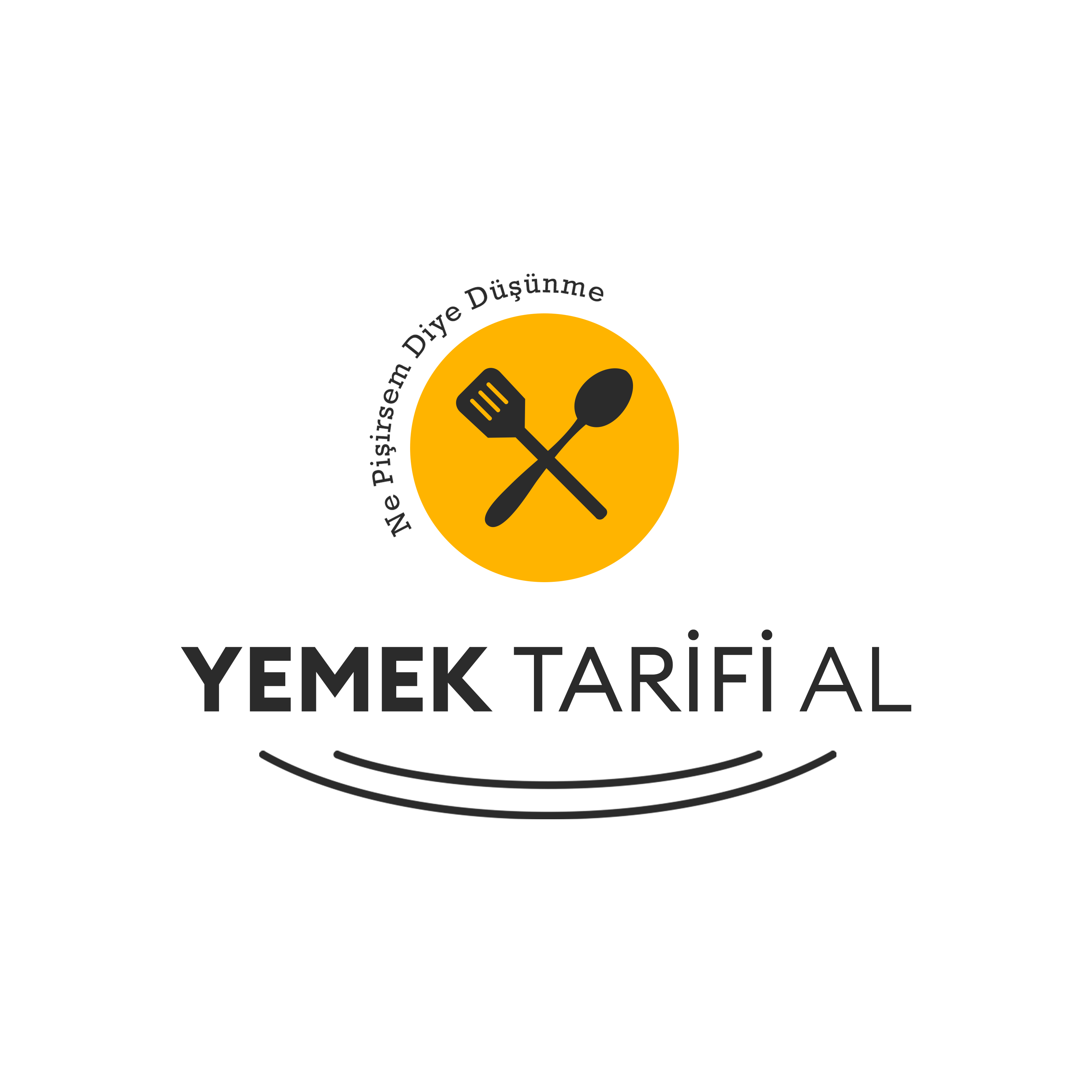- Anasayfa
- Sober living
- Sober Living Guide
Sober Living Guide
 admin
admin
-
0
-
0
-
0
-
0
-
0
A recovery residence (sober living home) provides a safe space with an ingrained social support system for post-detox patients following inpatient treatment but during outpatient treatment. This means that you’ve already completed detoxing from whatever your addiction was and are now in the early stages of sobriety. A halfway house is a living facility where people go as a what does getting roofied mean part of their drug rehab aftercare.
Maintaining Sobriety:
In general, sober living houses tend to offer more privacy and comfort than halfway houses. A halfway house, also known as a “sober living house” in some states, is a transitional living facility for those in recovery from drugs or alcohol. These facilities offer a structured and supportive living arrangement aimed at fostering personal responsibility, accountability, and self-sufficiency.
What Are The Rules Of A Halfway House?
Sober-living homes are usually privately owned and expect residents to pay for rent and utilities just like everywhere else. No funding disruptions usually occur, provided all the residents remain current on their rent. Generally, the cost of living at a halfway house ranges from $100 to $2,000 per month. Most facilities counseling for spouses of alcoholics with basic amenities cost about $400 to $800 per month, depending on their geographic region.
What Is the Average Length of Stay at a Halfway House?
- Depending on your needs, you can live in a halfway house for a few weeks or months.
- Because of this, halfway houses can be used by the homeless or people coming out of incarceration.
- Options for sports activities to keep the body and mind healthy may also be available.
- Over the years, sober living houses have evolved to meet the needs of those in recovery.
- Sober living environments also tend to be less strict than halfway houses, and residents of a sober living facility can come and go.
They accomplish this by connecting residents to local resources, such as clinics and peer-support programs, like 12-Step meetings, Alcoholics Anonymous (AA), and Narcotics Anonymous (NA). Attendance in continuing drug/alcohol therapy programs and the securing of a sponsor is often enforced as part of the halfway house rules to help maintain recovery. Both halfway houses and sober living homes provide transitional residency for young men fun substance abuse group activities who have completed rehab but are not year ready to live independently.
However, they are often not ready to return home and face their daily routines and the added stresses that could affect their sobriety. To help you decide where you should take your next step, let’s look at the pros and cons of halfway houses. The structured environment of halfway houses usually includes support staff like a house manager and medical and mental health professionals. Halfway houses play a vital role in supporting individuals as they navigate the challenges of transitioning from addiction or incarceration to independent living. If you or a loved one are in need of support during this transitional period, consider reaching out to Avenues NYC for assistance. We’re here to help you every step of the way on your journey to recovery and renewal.
Halfway houses provide people in recovery with an alcohol and drug-free environment to continue to focus on their early sobriety. Sober living houses can foster peer encouragement, camaraderie, character development, and accountability in residents. The outcomes of living in such an environment can include positive health, behavioral, and relationship changes.
Halfway houses are government-funded programs for former criminals and recovering addicts. Halfway houses are less disciplined than inpatient rehab centers but slightly more regulated than sober homes. Research on sober living houses also states that residents experience a higher possibility of securing employment and a lower likelihood of getting arrested.
Halfway Houses vs. Sober Living Homes
A typical participant will live at a halfway house for 3-12 months, with a maximum time limit of 12 months allowed for average residents. Federal prisoners are usually only approved for 12 months, but there is no limit to how long a federal prisoner may be placed in a halfway home. To be accepted for residency at a halfway house, there are specific universal requirements that a person will need to meet. You’ll also want to check with the individual halfway house ahead of time to see if there are any resident requirements specific to that facility. Most importantly, think about what options are available, such as job placement assistance, educational assistance, and access to ongoing outpatient recovery programs.






